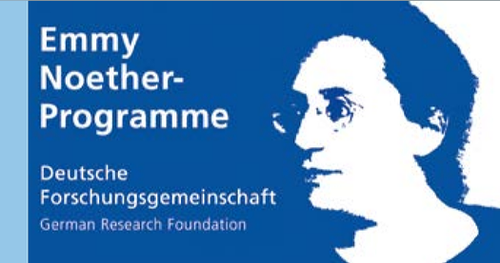Tilmann Siebeneichner
War and Peace in the Third Dimension: Europe and the Militarization of Outer Space in the 1970s
In the 1970s outer space became a military arena in its own right. While the two space superpowers, the US and the USSR, increasingly discussed military applications of space technology, the newly formed European Space Agency (ESA) advocated a peaceful and multilateral use of outer space only. While some of its member states individually engaged in the development of military space programs throughout the 1970s, Europe as a whole simultaneously held debates about its own space-based missile defense. This process contradicts common assumptions that only the earlier period of the Cold War (up to the 1960s) was dominated by the build-up of large military systems while civilian projects dominated the latter period, especially in Europe. The tension between ESA’s peaceful position and its member states’ individual armaments not only points to the ‘dual-use’-character of space technology but also stresses the ambivalence of national ambitions and international rapprochement, both undertaken with regard to outer space as a site of utopia.
By focusing on big technology projects this project examines the interconnectedness of continental visions and fears about the use of outer space and how they were transformed into technological and political ambitions in Europe. It takes up the shifting boundaries of the national-international dimension and highlights the ‘porous barrier’ between military and civilian aspects of space technology to explore the interaction of European integration and technological advance. Questioning a narrative that depicts Europe’s vision for a future in the stars as a merely peaceful one, this project problematizes the impact of military implications on the development of multilateral collaboration and collective imagination in the 1970s. By reconstructing debates in politics, science and popular culture in both Germany and Great Britain, this projects seeks to examine contemporary astrocultural expectations and efforts by taking into account national traditions (for example Eugen Sänger’s concept of an ‘America-bomber’), political ambitions (Europe’s own missile defense), and collaborative efforts (contributions to the Skylab-program). While it analyzes how they have influenced discussions about the proper use of space technology in Europe it also asks what political ambitions went along. Addressing assumptions that the European space program served as a model for unification attempts in a broader sense, the concentration on Germany and the United Kingdom integrates geographical (center vs. periphery), national (NS-past vs. Empire-tradition) and multilateral (enthusiasm vs. skepticism concerning Europe’s unification process) aspects. Its formation not only illustrates manifold emancipation attempts in a transatlantic perspective but also highlights a process of delineating cultural, political and geographic boundaries, both on earth and in space.

